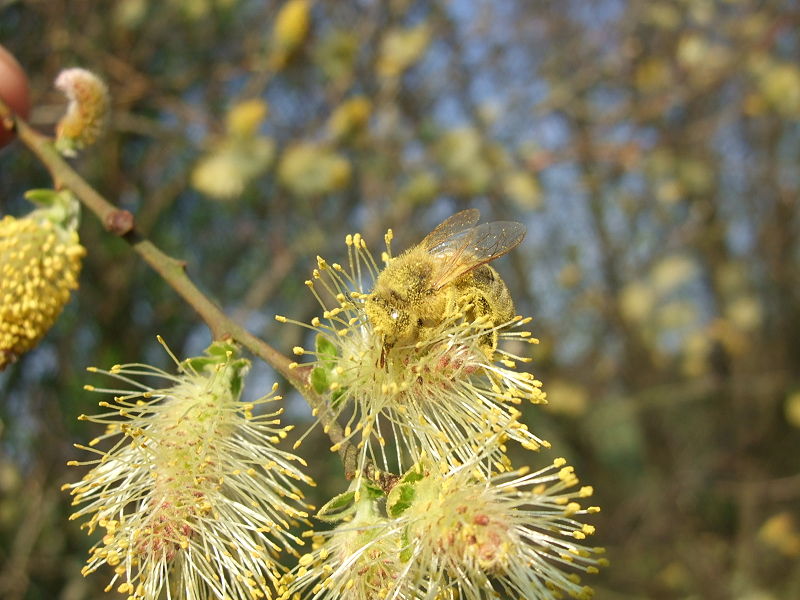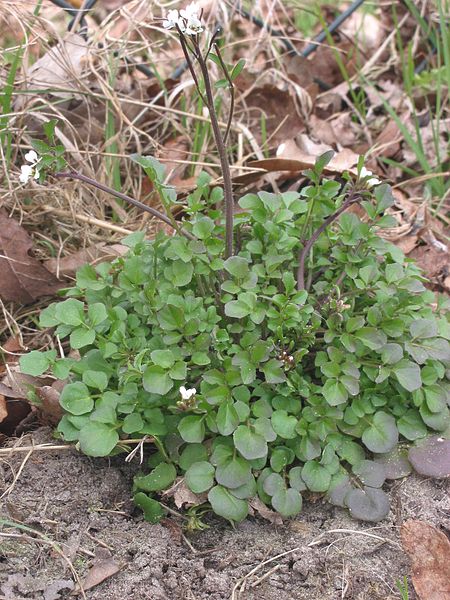Tree Top Guide -Elm
Botanical name : Ulmus minor
Common names : Elm, Field Elm, Smooth Leaved Elm.
Physical appearance : A tall, decidious tree growing to between 12 and 30 metres in height. It has a trunk diameter of between 2 - 6 metres, when fully mature. The bark is a grey / brown colour with deep ridges. The branches and twigs are also brown. The leaves have a leathery texture and are shiny, double toothed and approximately 6-15cm in length and taper to a sharp point.

Where to find : Common to much of Europe with intances in Canada and Nortwest New Zealand. The tree prefers full sun but can tolerate partial shade. Well drained, fertile soil but can tolerate higher levels of moisture.

Uses : Produces a very useful and versatile wood. The Ash has been coppiced for thousands of years which helps to yield significantly more wood from a single specimen. The wood produced is flexible, hard wearing and easy to work. Tradionaly used for making a wide variety of products ranging from : longbows (when traditionally used yew was not avalble), scaffolding, ship building, furniture, paper making and more.

Elm as a source of food : The inner bark can be stripped from the tree, boiled and eaten. Historically, this has been an emegency food source for hundreds of years, to be consumed in times of hardship (famine, war, crop failure etc).
Please note - Many trees and plants look similar. If you are planning to consume any plants or derivatives thereof, please ensure you know what you are picking so as to not accidentaly poison yourself or others!
Dutch Elm Disease :
A very hazadrous disease which threatens various species of Elm. The disease is on fact spread by bark beetles which spread the sac fungi, which causes the disesase Ophiostoma ulmi and Ophiostoma novo-ulmi. Dutch Elm disease is believed to have originated in Asia but was accidentaly introduces into Europe and the Americas. It is referred to as Dutch Elm Disease as in 1921, Dutch phytopathologist helped identify the disease causing fungus.
Symptoms of DED include ; dried out leaves which turn yellow then brown. The branches can appear "curled" up like they have been exposed to a high heat source.Twigs and branches can develop dark streaks, spots and rings in the outer wood benath the bark or through cross sections.
Damage caused by the beetle which in turn allows the Dutch Elm disease causing fungus to "take root".
DED information courtesy of www.forestry.gov.uk
Images courtesy of Dudesleeper, Ulmus man, Pgobetti, Ptelea via Wikipedia Creative Commons Attribution




